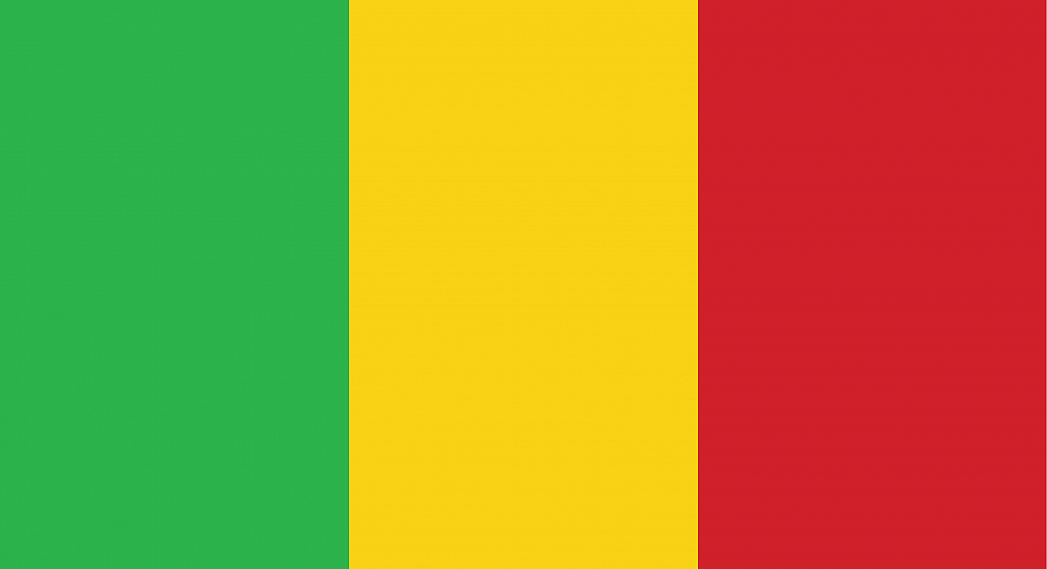The Malian flag consists of three equal vertical bands of green, yellow, and red colors from the hoist side to the fly side. The three colors are also the Pan-African colors. The flag was officially adopted on March 1, 1961. The current flag of Mali resembles that of Guinea, and the only difference is the colors of the Malian flag are reversed compared to that of Guinea. The measurement of the flag is in the ratio of 2:3.
The green color on the flag is a symbol of the nature and fertility of the land while the yellow color is a symbol of purity and the abundant mineral deposits available in Mali. The last color red stands for the blood spilled by the heroes who fought for the country’s independence.
The design of the Malian flag is based on the colors of the Pan-African flag, which had the red, gold, and green colors. These colors have been used to design several African countries flags. The inspiration behind the colors used comes from Ethiopia. Many African countries were inspired to fight for their independence through Ethiopia. Ethiopia was never colonized, and its independence prompted many African countries to fight hence the use of the colors to design the Pan-African flag.
The original design of the Malian flag had one different element used on the flag. In 1959, after Mali gained independence, their national flag had the same colors and the same number of stripes. The only different element not on the current flag was the Kananga. The Kananga was a human-like black figure on the middle stripe. It had its hands raised to the sky. This particular flag was used from 1959 to 1961 when the current flag was officially adopted.
This page was last modified on May 1st, 2018
More on Graphicmaps

Published on 2019-11-06
What is a Trade Embargo?
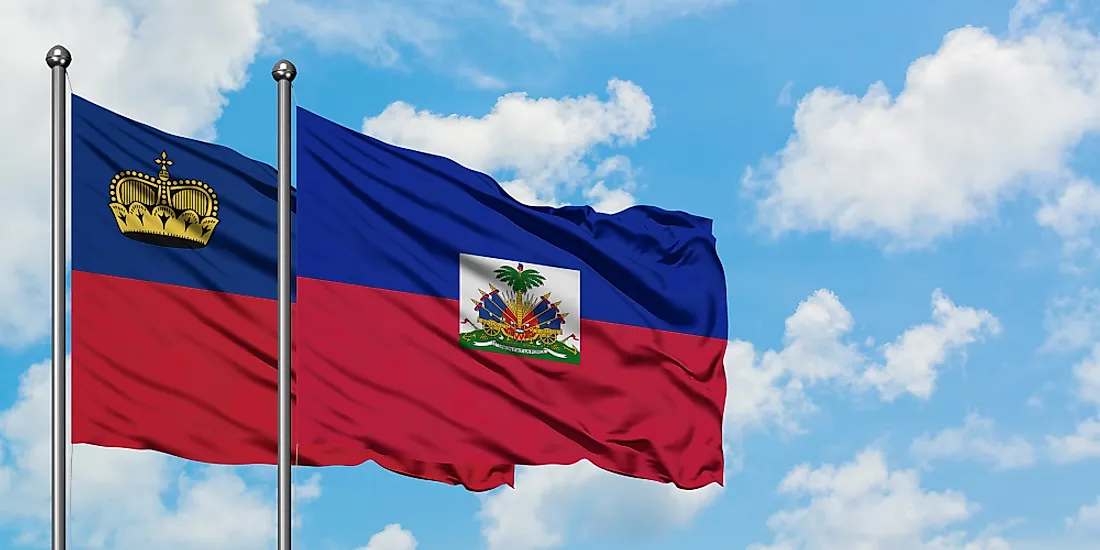
Published on 2019-11-04
Which Two Countries Used to Have the Same Flag?
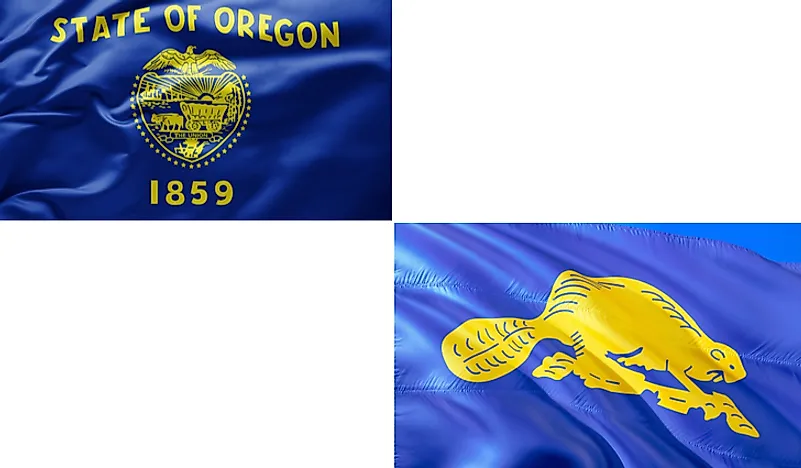
Published on 2019-09-16
What Is the Only Two-Sided State Flag?
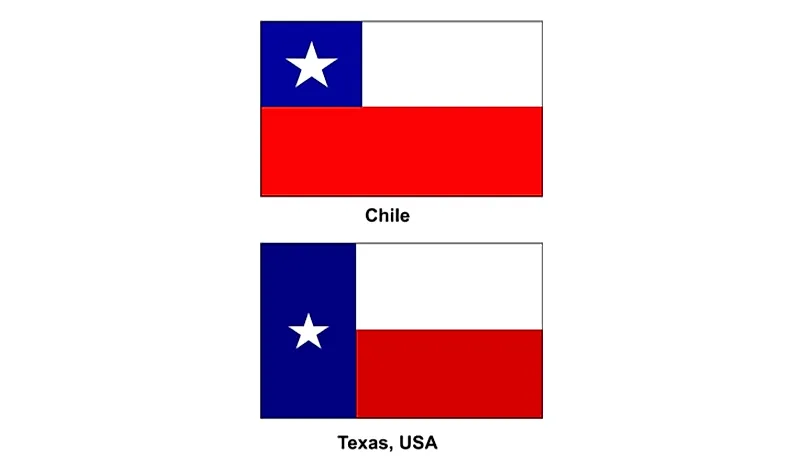
Published on 2019-09-16
Which Country Flag Looks Like the Texas Flag?
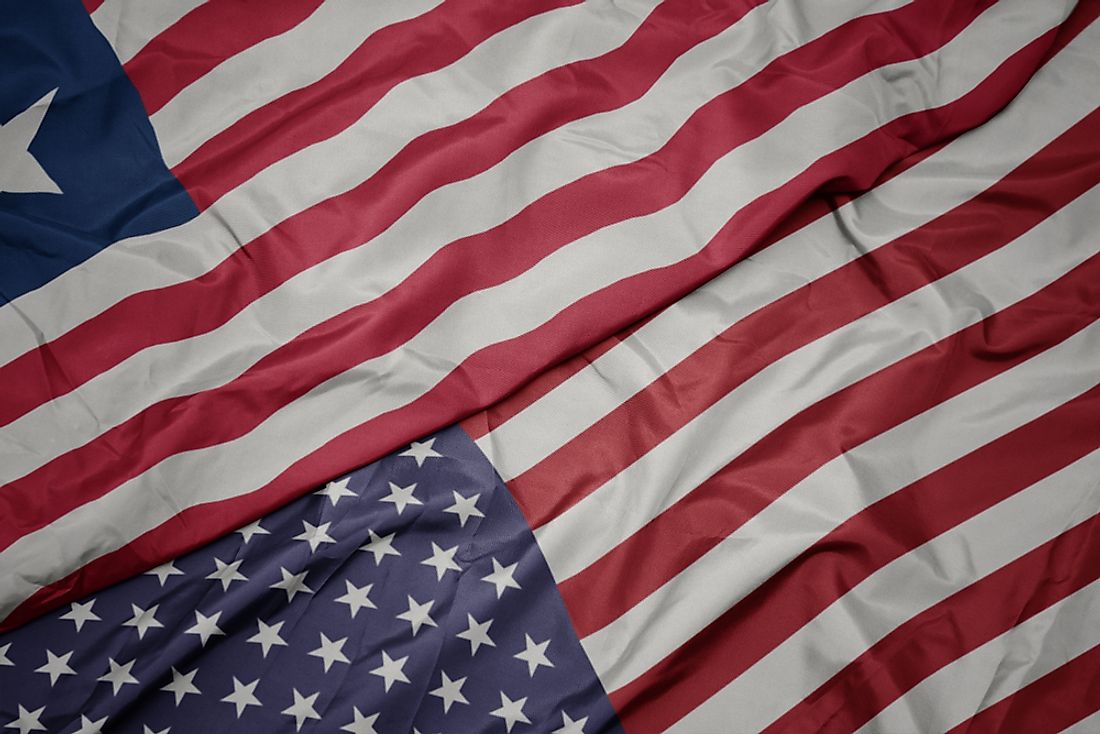
Published on 2019-08-29
Flags That Resemble the US Flag

Published on 2019-08-20
